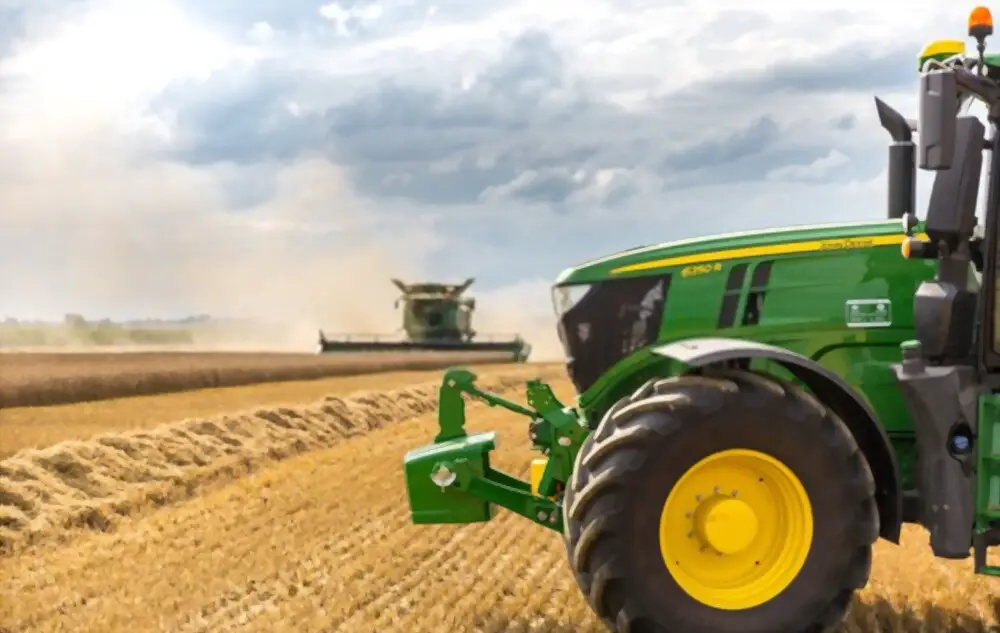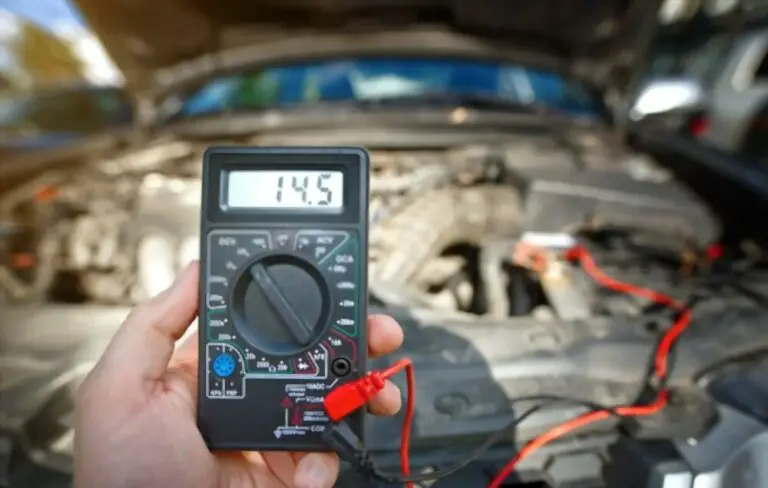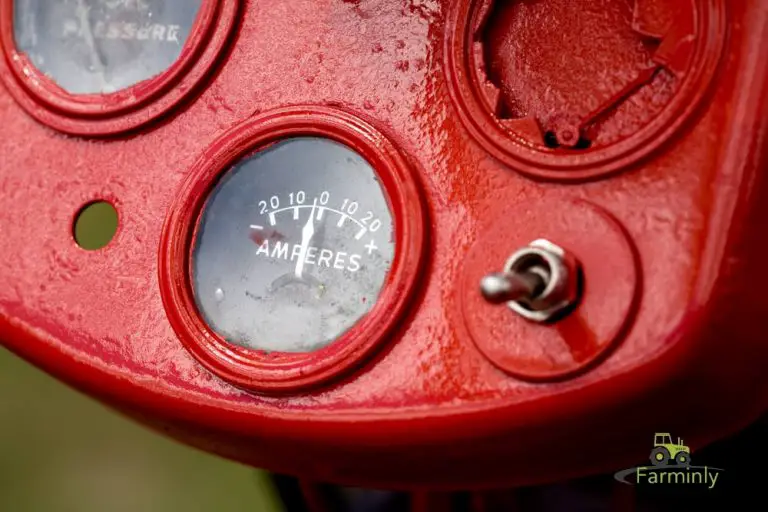Want to learn how to engage PTO on John Deere Tractor? Where is the PTO switch on a John Deere tractor?
Do you own a John Deere tractor and are confused about engaging the PTO? Here is information on how to engage PTO on a John Deere tractor.
How do you engage PTO on John Deere?
You can engage PTO without operating a clutch. You must push down and forward the PTO switch (A or B) to engage the PTO clutch.
There are some essential features you need to know about PTO
- PTO is an electro-hydraulically engaged component that works independently of the transmission traction clutch that helps to offer modulated, and smooth engagement
- The mid-both-rear PTO selector lever is situated close to the out panel on the right side of the operator.
- A multi-disk wet PTO brake helps to keep other components from coasting to a stop.
- The brake functions to break both the mid and rear PTO
- Whenever the PTO or clutch is disengaged, the brake is activated
- You engage the mid-PTO manually by moving the M-B-R PTO selector lever to the M (mid) or B (both) position (that is situated on the right side of the operator at the seat closeout panel). After which, you pull the PTO switch up. (that is located on the right side of the dash)
- The mid-PTO helps to offer optimum independent control and power to the front- and mid-mounted implements such as snowblowers or mid-mowers. You can engage the mid-PTO independently or in combination with the rear PTO.
- Getting an independent 2100-rpm mid-PTO is purely optional.
The power takeoff (PTO) clutch consists of a few essential parts that function as the drive pulley that moves the engine’s power to the blades. The PTO clutch has a pulley that houses a brace and machine cut.
The Drive Shaft

The PTO clutch is placed under the tractor or mower close to the power drive shaft, vertically aligned to the tractor. The driveshaft is the main shaft that connects the engine, and a belt and the PTO pulley are attached.
The shaft spins very high when the engine is on, but the blade does not. The edge does not move because the PTO is not engaged, and the belt that connects it to the drive shaft is loosened and not causing enough friction to make the blades move.
The PTO must be attached, and the belt well connected to the PTO for the edge to move.
- Who Makes Farmtrac Tractors?
- What Is A John Deere 318 Tractor Worth?
- Which Compact Tractor Is Easiest For Women To Operate?
- John Deere 5020 vs 6030: Which Is Better?
- What Size Tractor Do I Need For 1000 Acres?
Does a PTO Pulley Work on a John Deere Mower?
Most John Deere riding mower models, including lawn tractors and garden tractors, possess a power takeoff (PTO) function that the operator can use to engage the machine’s mower blades.
When you tried engaging the PTO on the mower blade, and there was no response from the machine, it indicated a problem with the power take-off. In this case, you need to check the PTO pulley, a significant part of the PTO.
What is a Proper PTO Function?
The power take-off is designed in a John Deere mower and tractor to disengage the blades within five seconds of activation. If this takes a long time or is not happening, this signifies a problem with your PTO that needs urgent attention.
You must test the attachment engagement lever or switch to check that the power take-off system works correctly. Park the mower and set the parking brake to carry out the test.
Put on the attachment engagement switch or lever. When attempting to start the mower, the rule states that the mower should not begin with your switch engaged.
PTO Basics of a John Deere Mower
You must understand the power take-off basics unless you fully understand how the PTO pulley works and functions, which may give you a hard time.
The PTO clutch engages when the solenoid receives an electric spark, the mower’s 12-volt battery. As such, you must ensure electricity is continuously supplied to your John Deere mower and other associated implements.
Signs that the PTO Pulley is Malfunctioning in a John Deere tractor
One of the significant signs that your PTO pulley is malfunctioning in a John Deere tractor is when the mower blades don’t respond or refuse to engage when you put on the power take-off switch.
So when you see such a sign, you should take it seriously and apply corrective measures immediately. You are advised to call a tractor mechanic to come to check it.
It is crucial to know what to do to repair a malfunctioning PTO pulley system. Here are some steps you could undertake:
- Test the PTO switch: Turn off the tractor’s engine, disconnect the power take-off switch, and then use a volt-ohm meter to check if the switch works correctly. If it shows no resistance, the switch must be replaced.
- 3. Examine the Clutch: If the switch is not the issue, check the clutch next. It may have worn out or malfunctions which prevent it from engaging the blades.
- 4. Clean the PTO Pulley Area: Dirt might be stuck in the pulley area, preventing the system from functioning. Clean up the area thoroughly and re-test.
- 5. Inspect PTO Pulley: Look for damage or a defect in the PTO pulley itself. If there is physical damage, replace the PTO pulley.
- 6. Check the PTO Cable: Finally, examine the PTO cable. Make sure that this cable is not broken or frayed. If it is, it needs to be replaced with a new one.
- If you’re still experiencing problems with your PTO pulley after going through these steps, it’s recommended to take your John Deere tractor to a professional technician. Dealing with machinery and its parts requires care, expertise, and safety precautions. Remember, don’t hesitate to seek professional help if it seems over your head.
When the PTO pulley or any other begins to malfunction, you should attack it with all forms of urgency – because when you leave it to linger forward, it may cause an additional problem. One of the solutions is to replace the PTO pulley or its affected parts.
Power Take-Off Pulley Replacement
When a part of the PTO malfunctions, you must change the clutch assembly. The PTO clutch works as a team, affecting the rest when one part is faulty.
Also, you can’t pull the PTO pulley out and replace it yourself. You must take it to a local John Deere repair shop to fix it. They will have to check the model of your machine and get a power take-off assembly that suits it to fix it.
Recommended







